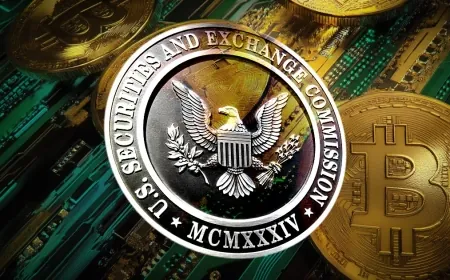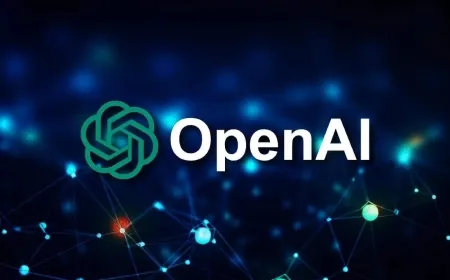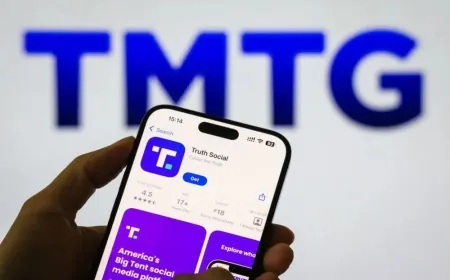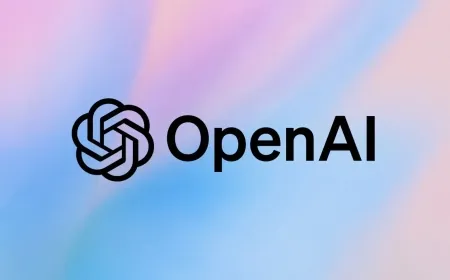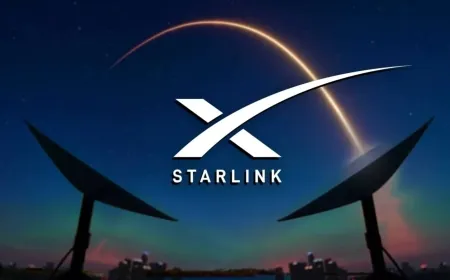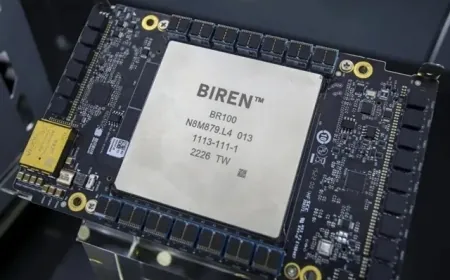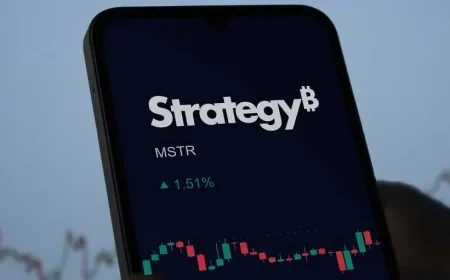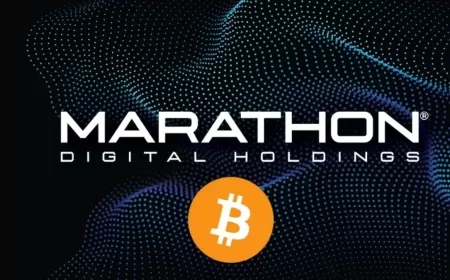How to Pay Off Student Loans Using Crypto in 2025 with DeFi and Payment Apps
Pay off student loans in 2025 using crypto. Use DeFi loans or crypto payment apps to reduce debt without selling your digital assets.
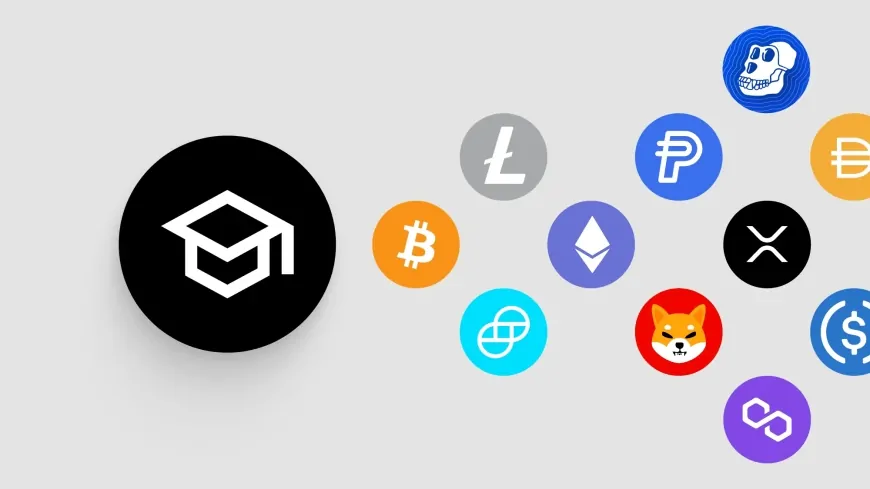
Student loan debt remains a critical financial issue in the United States, with approximately 43 million borrowers owing a combined $1.77 trillion as of 2024. This growing burden has prompted many to explore non-traditional solutions to accelerate repayment or ease cash flow constraints. For individuals who own cryptocurrency, two primary strategies have emerged: leveraging DeFi loans and using crypto payment platforms.
Both methods come with distinct advantages and risks, and understanding how they work can help borrowers make better-informed financial decisions.
Using DeFi Loans to Access Liquidity Without Selling Crypto Holdings
Decentralized finance (DeFi) has become one of the most innovative sectors within the blockchain ecosystem. Built on platforms like Ethereum, DeFi allows users to borrow, lend, and earn interest on crypto assets without relying on banks or credit checks.
Here's how this can be applied to student loan repayment: if a borrower holds crypto—say $30,000 in Ethereum (ETH)—and has a $15,000 student loan balance, they can deposit their ETH into a DeFi protocol such as Aave or MakerDAO as collateral. In return, they can borrow up to 50–70% of the crypto’s current value in stablecoins like DAI or USDC. These stablecoins can then be converted into U.S. dollars and used to pay down the student loan.
Once the loan is repaid—including interest—the borrower’s original crypto collateral is released back to them.
Key Advantages:
-
Asset retention: Borrowers don’t need to sell their crypto to access cash, which may be beneficial if they believe the asset will appreciate in value.
-
No credit history needed: Loans are secured by crypto collateral, removing the need for traditional credit assessments.
-
Potentially lower interest rates: DeFi interest rates can be significantly lower than those offered by private lenders or federal loan consolidation options.
Risks to Evaluate:
-
Volatility and liquidation: Crypto prices fluctuate. If the value of the collateral falls below a certain threshold, the DeFi platform can automatically liquidate a portion—or all—of the collateral to protect against loss.
-
Variable rates: While borrowing costs may be low initially, interest rates on DeFi platforms are subject to market conditions and can rise sharply during high activity periods.
-
Smart contract vulnerabilities: DeFi relies on automated code. If a platform’s smart contract has bugs or is exploited, user funds can be compromised.
Borrowers considering this route must carefully assess their risk tolerance, understand platform-specific terms, and monitor market volatility closely.
Paying Student Loans Using Crypto Through Bill Payment Platforms
For those who prefer a more direct and simpler approach, some services allow users to pay student loan bills with cryptocurrency. BitPay, for example, converts crypto into U.S. dollars and sends payments directly to lenders, including major servicers such as Navient, Sallie Mae, and Nelnet.
The process involves downloading the provider's app, creating a wallet, and linking it to the borrower’s loan account. From there, users can select a cryptocurrency—ranging from Bitcoin and Ethereum to Litecoin and Dogecoin—to make a one-time or recurring payment.
Advantages of This Approach:
-
Convenience: No need to navigate complex DeFi protocols or monitor collateral thresholds.
-
Broad crypto support: Platforms often accept dozens of different cryptocurrencies.
-
Compatibility: Payments can be made to nearly all major federal and private loan servicers.
Important Considerations:
-
Permanent asset conversion: Unlike DeFi loans, which allow users to recover their crypto after repayment, this method involves selling crypto to make payments. Once converted to fiat, the digital asset is gone.
-
Timing and tax implications: Selling crypto may trigger capital gains taxes, depending on how long the asset was held and the gain realized at the time of sale. Users should consult a tax professional before moving forward.
What is the Right Strategy?
Deciding whether to use DeFi or a crypto bill payment service largely depends on an individual’s financial goals, crypto portfolio, and risk appetite. DeFi may appeal to those who believe in the long-term growth of their crypto investments and want to avoid selling. Meanwhile, direct payment platforms offer simplicity and speed, without the need for blockchain knowledge or risk management.
It’s also important to factor in external variables—such as crypto market conditions, federal loan interest rate changes, and potential legislative shifts in student loan forgiveness programs—before committing to either strategy.
Cryptocurrency isn't just an investment vehicle—it can also function as a financial tool to manage debt. Whether you're using DeFi loans to unlock liquidity without selling assets or opting for straightforward payment platforms to convert crypto into loan payments, both paths offer unique benefits. But each comes with its own set of responsibilities and risks. Taking the time to evaluate your financial situation, the state of the market, and your long-term goals will be key to determining whether these emerging options align with your broader debt management plan.
Also Read: MoneyGram Launches Global API to Connect Cash and Crypto Through a Single Integration













